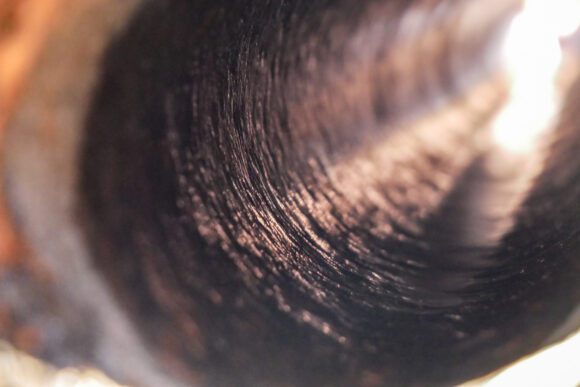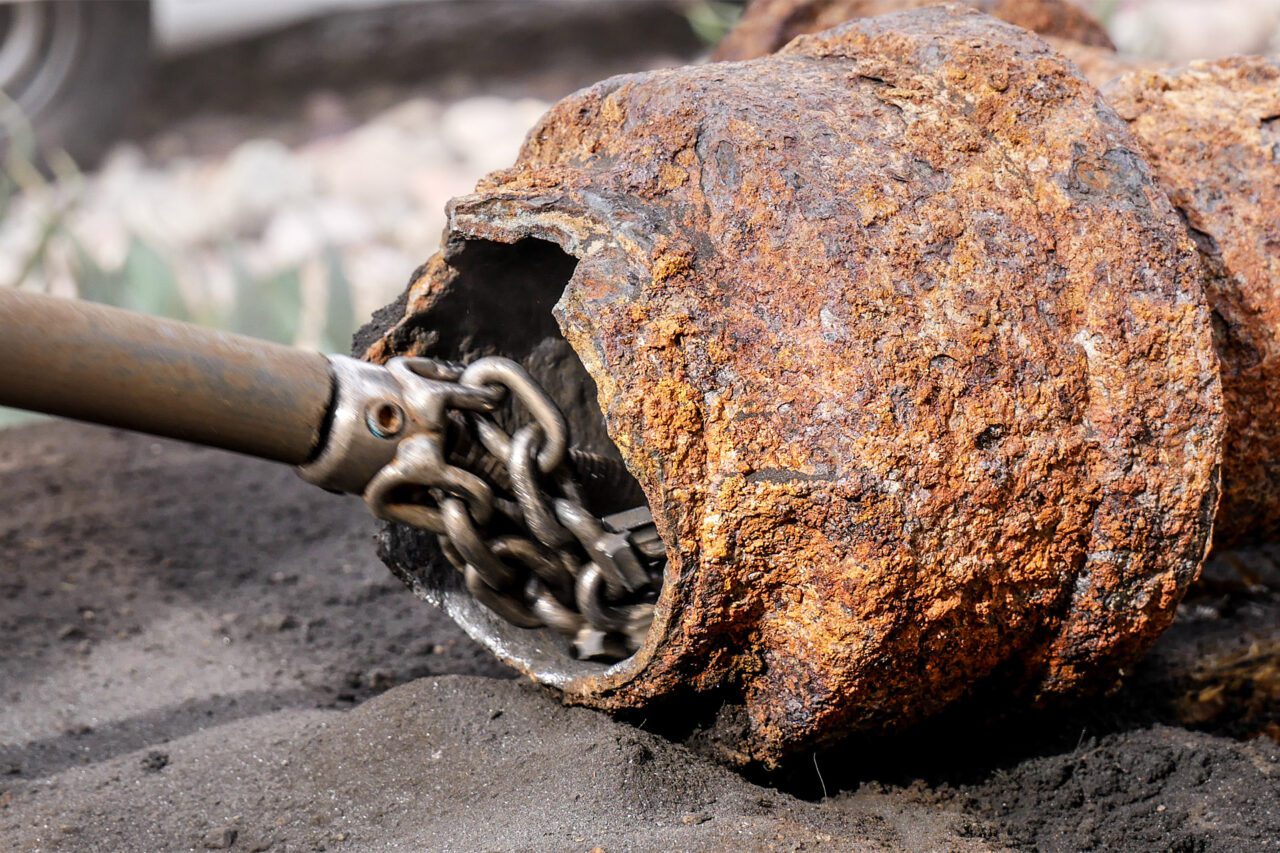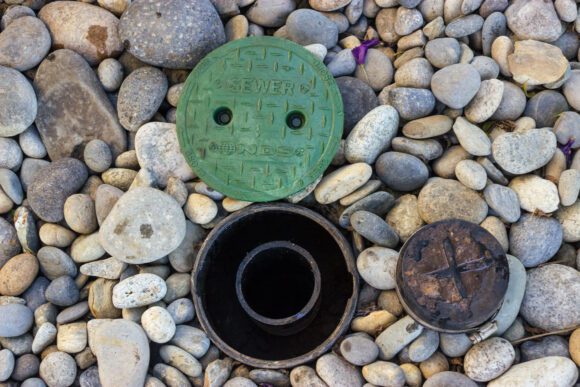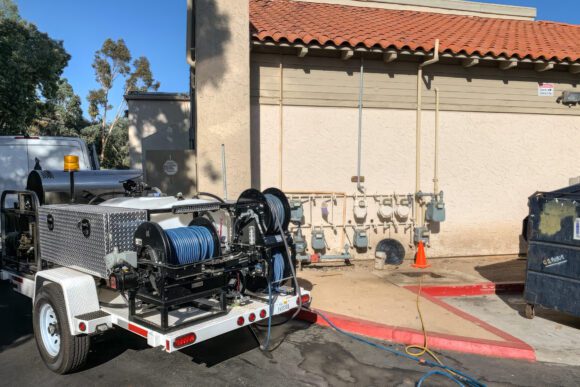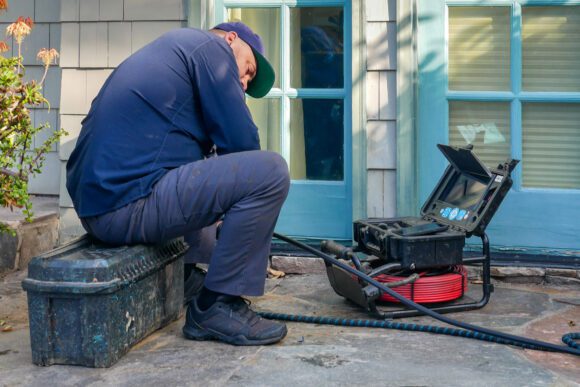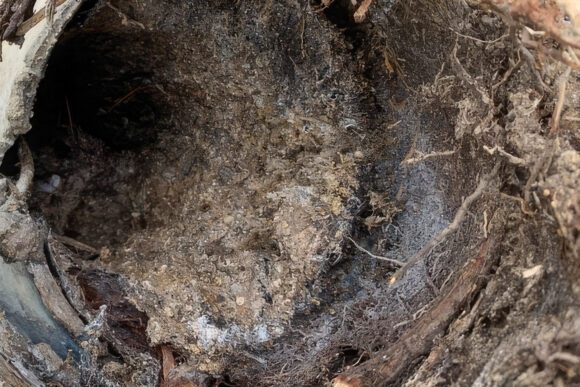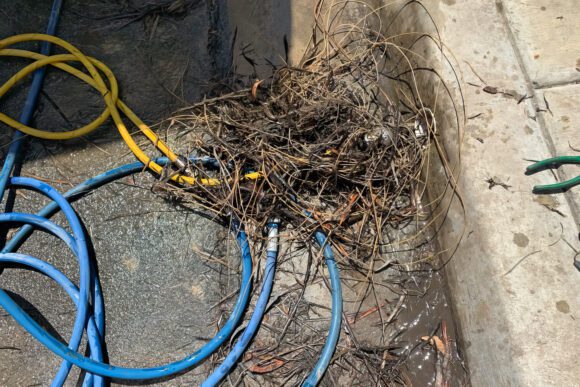Hydro jetting is a long-term pipe cleaning solution that uses high-pressure water to clear your sewer or drain system. This trenchless method is safe for any pipe material; no chemicals or digging are required. It’s the best for stubborn sewer clogs when traditional drain cleaning methods fail.
Hydro jetting also works on tough blockages that snaking can’t reach, and service for up to 300 feet of sewer/drain line. Compare: alternative trenchless descaling technology with carbide chains is limited to 100 feet.
If your sewer pipe is clogged with grease, tree roots, or years of debris, hydro jetting can cut through it all and restore flow, providing long-lasting results. Now, you won’t have to spend money or stress out every year—or even every few months—by calling a plumber.
Vlad Khorenko, CEO Almco Plumbing

